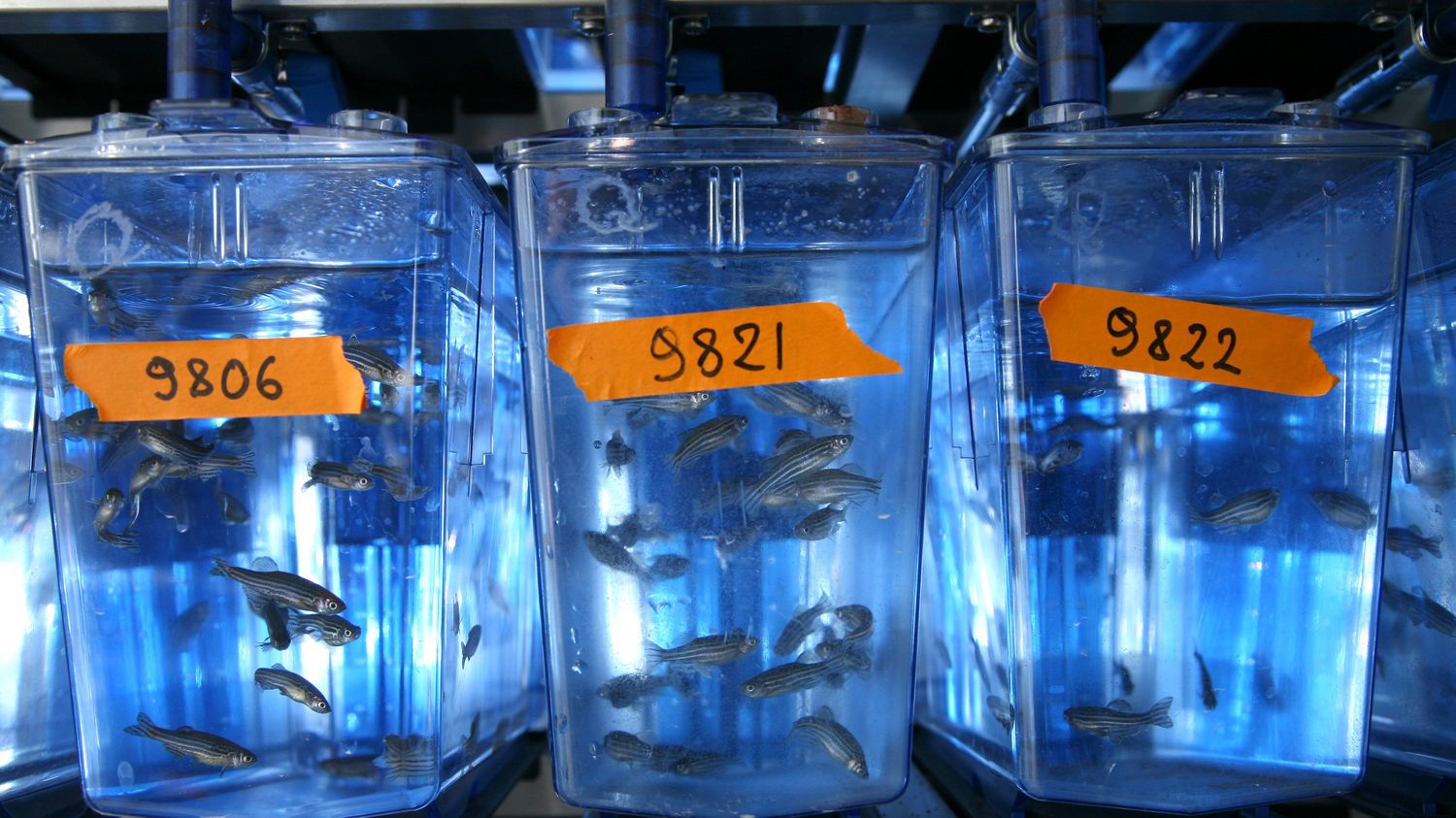Scientists from the National Center for Scientific Research (CNRS) have discovered that by delaying the aging of the intestine in fish, we can delay the aging of the whole organism.
Article written by
Posted
Reading time : 1 min.

Researchers from the Institute for Research on Cancer and Aging in Nice have thought of trying a surprising experiment on the intestines of zebrafish. The special role of the intestine in aging has long been established and in fish as in us, it is one of the organs that ages first and causes the rest of the body to age. We have known for more than a century that the older we get, the less the digestive tract plays its role as a barrier and the more it allows certain particles, bacteria, undesirable microbes to pass into the blood, which can in the long run harm the body. This is why the intestine is a very studied organ in anti-aging strategies.
Promising avenues for man
This aging of an organ is visible in the ends of its chromosomes called telomeres. The shortening of these telomeres is a sign of aging. These researchers therefore attempted to reverse the process of telomere shortening by inserting DNA fragments into a zebrafish allowing the intestinal cells to produce the enzyme responsible, on the contrary, for telomere lengthening. They actually observed that the intestine of the zebrafish had stopped aging, but that this also generated a general improvement in the rest of the organism of these zebrafish and an increase in life expectancy.
This work confirms the importance of good intestinal health at any age. This includes a balanced diet, rich in fiber and without too many processed foods. And this research opens up promising avenues for research in humans. Because the zebrafish shares 70% of its genes with us and 84% of the genes linked to human diseases have an equivalent in it. The aging of zebrafish is notably similar to that of humans in diseases such as osteoarthritis, neurodegenerative diseases and certain cancers.
